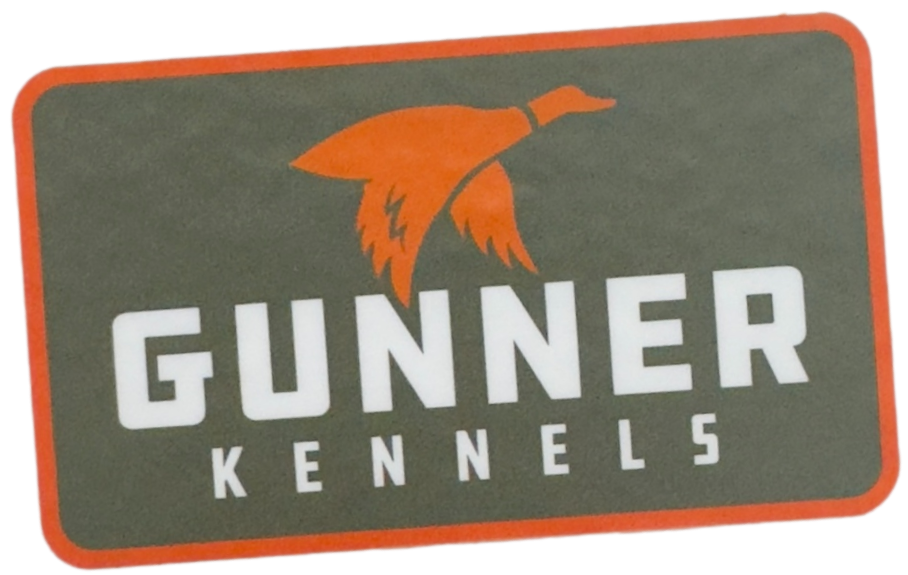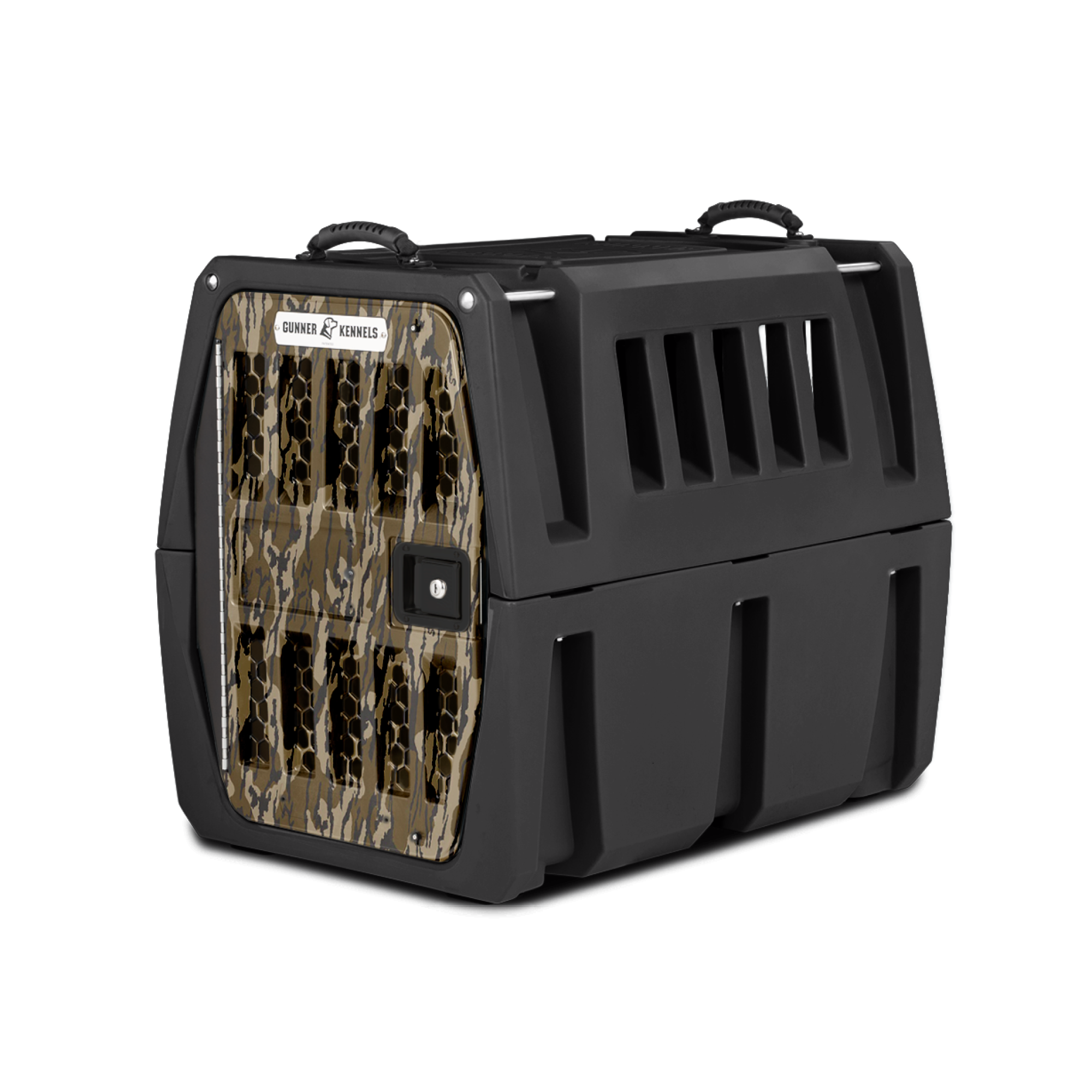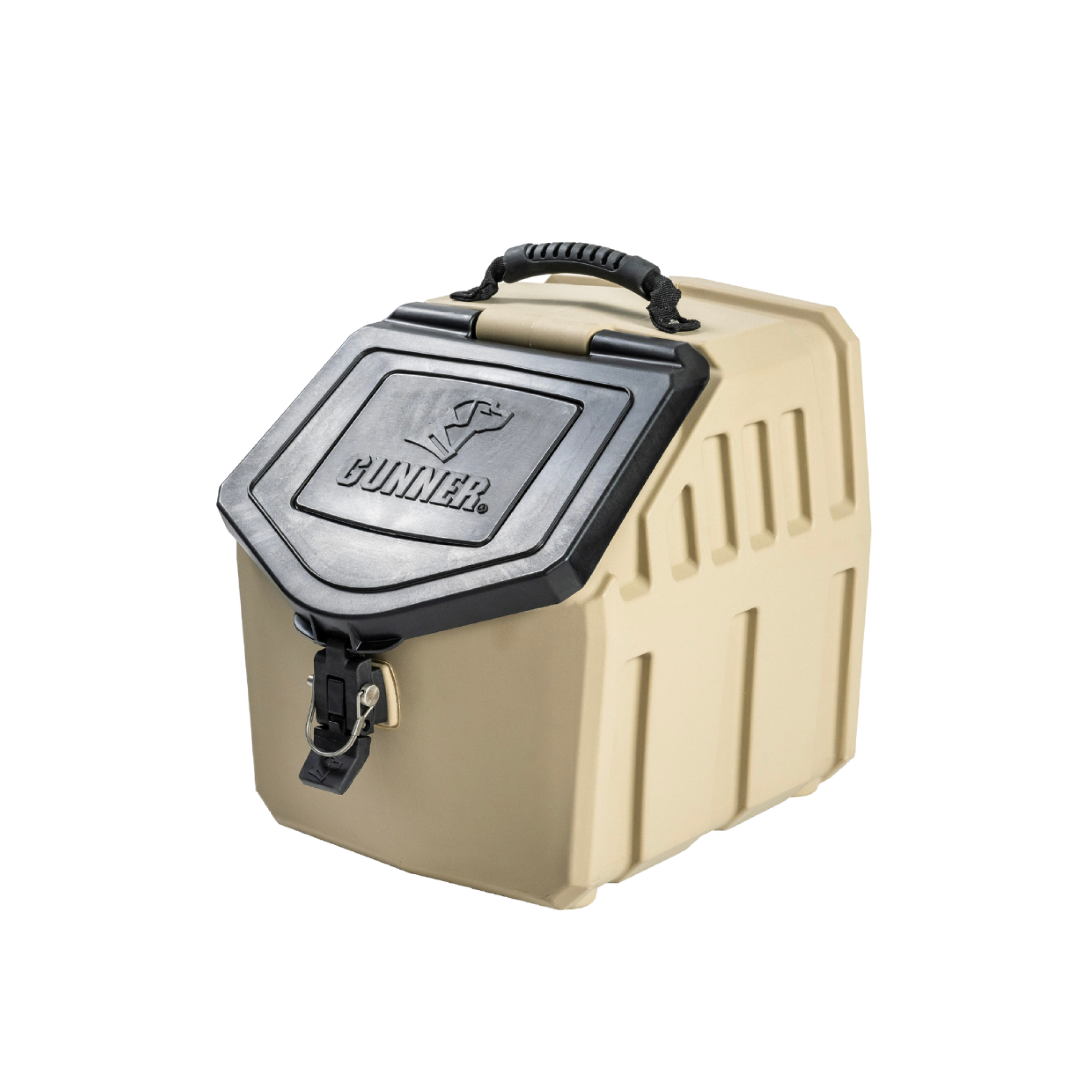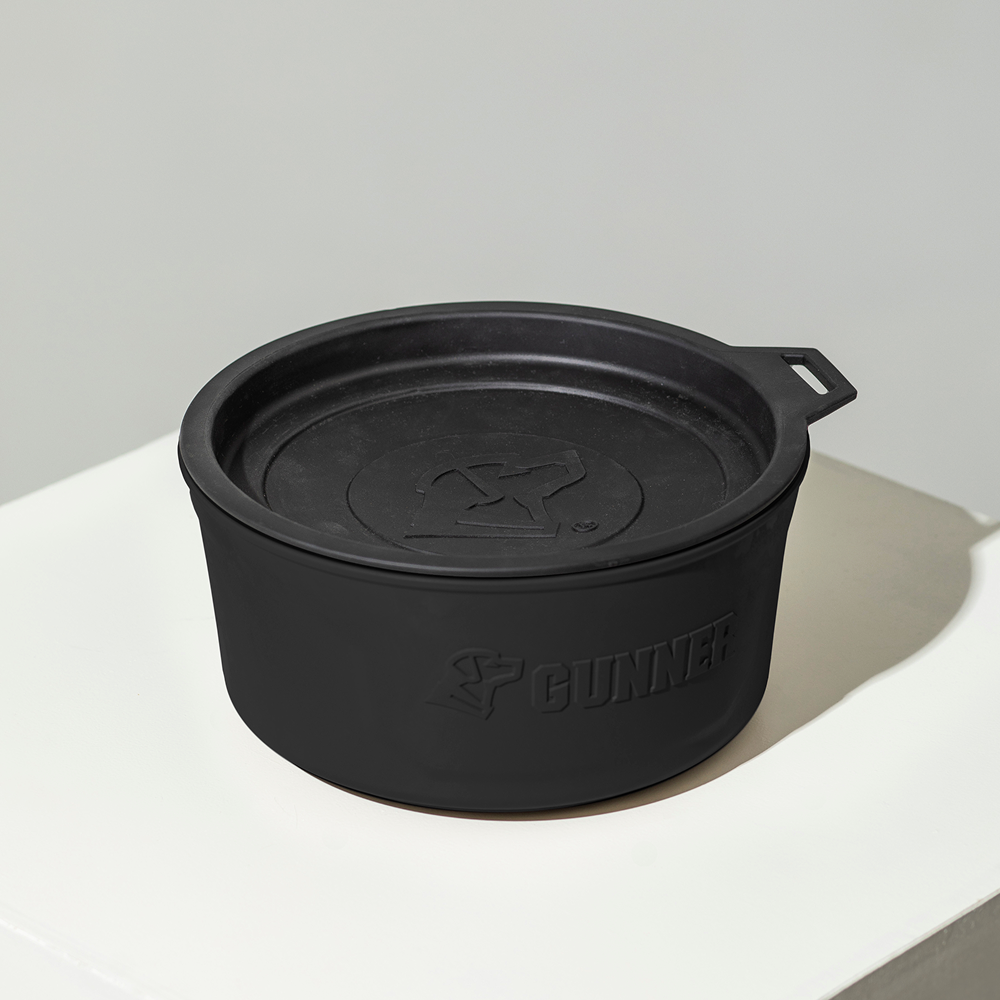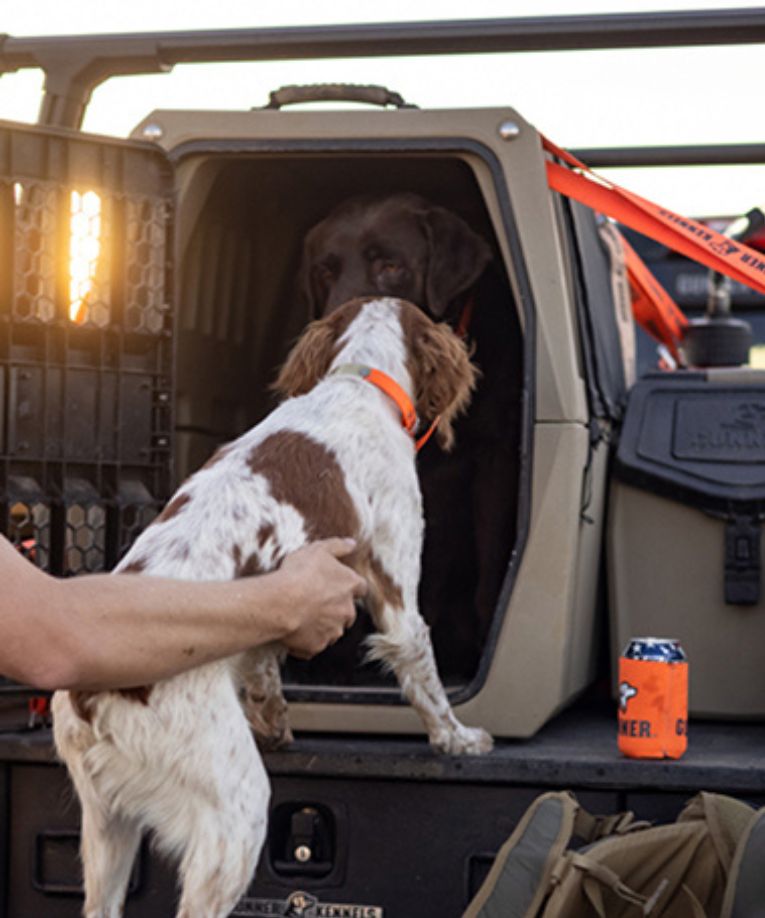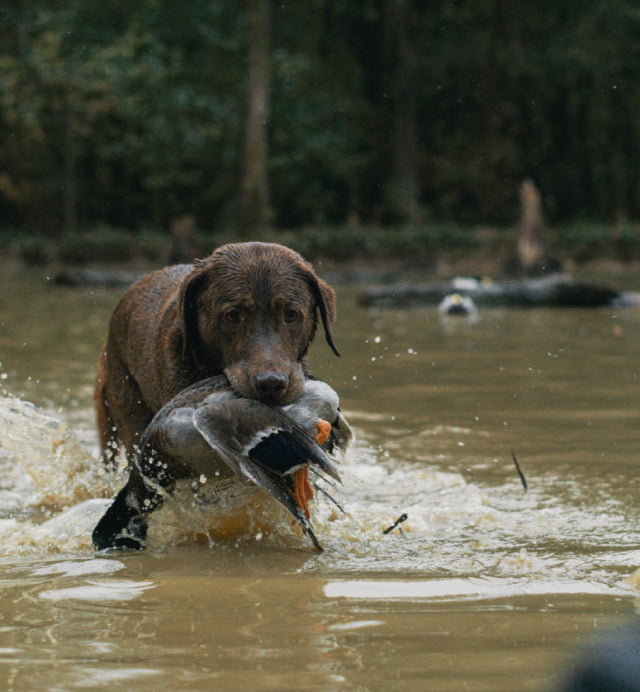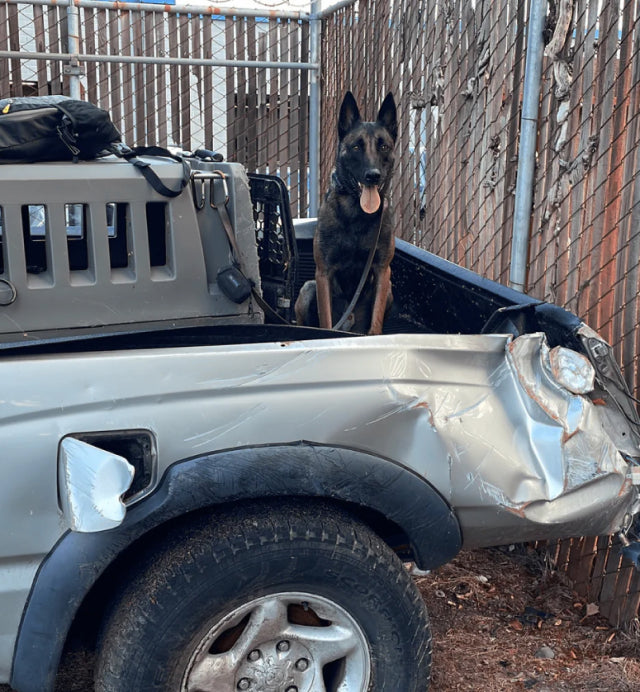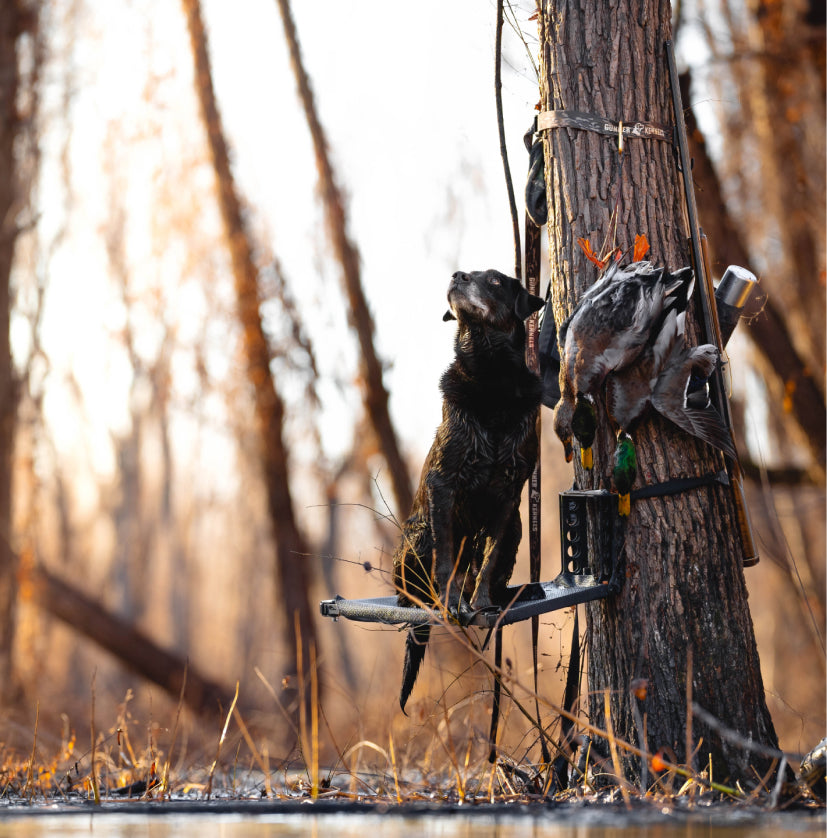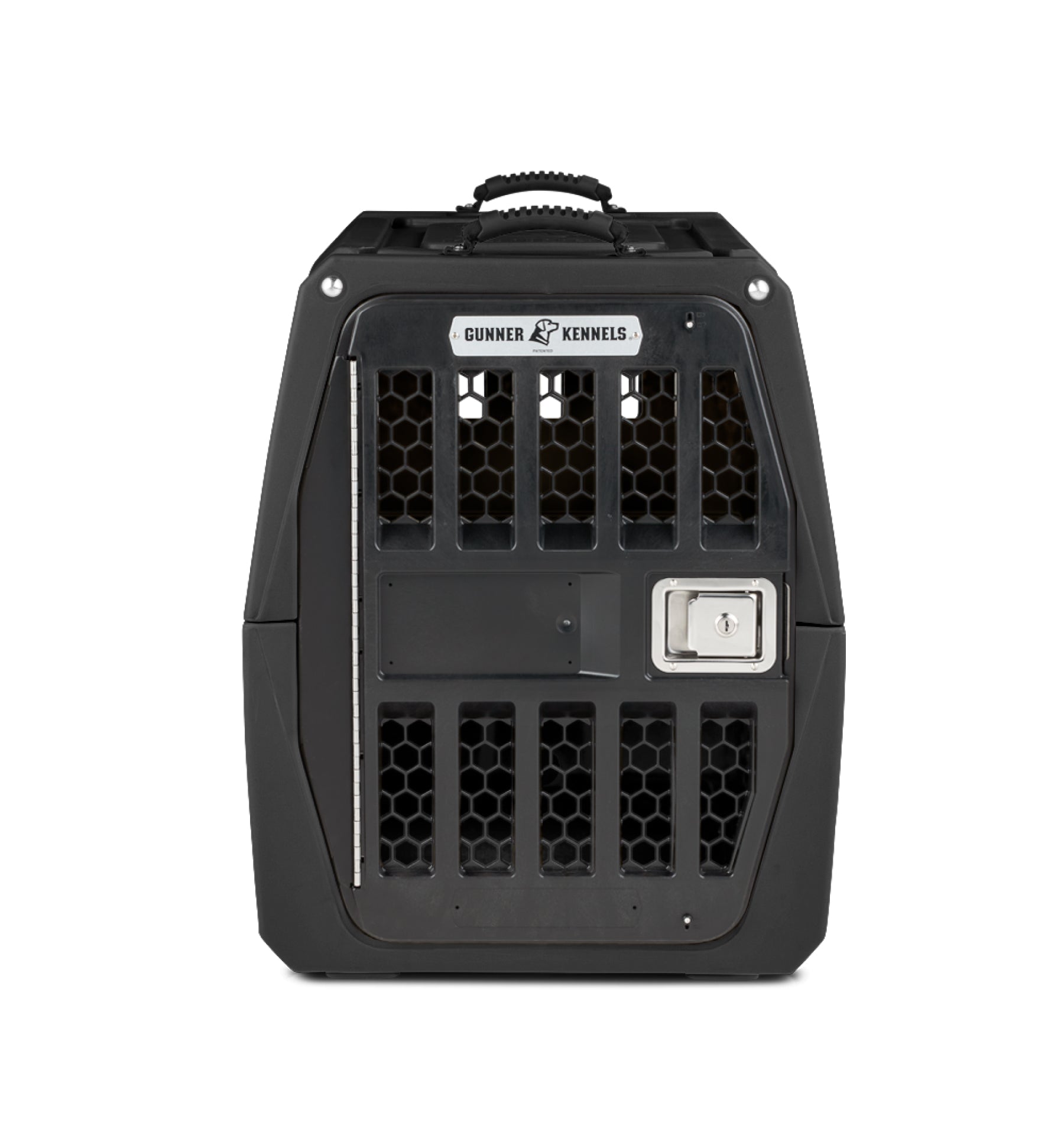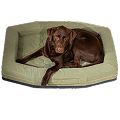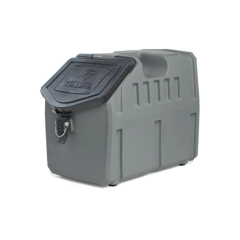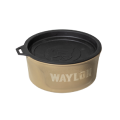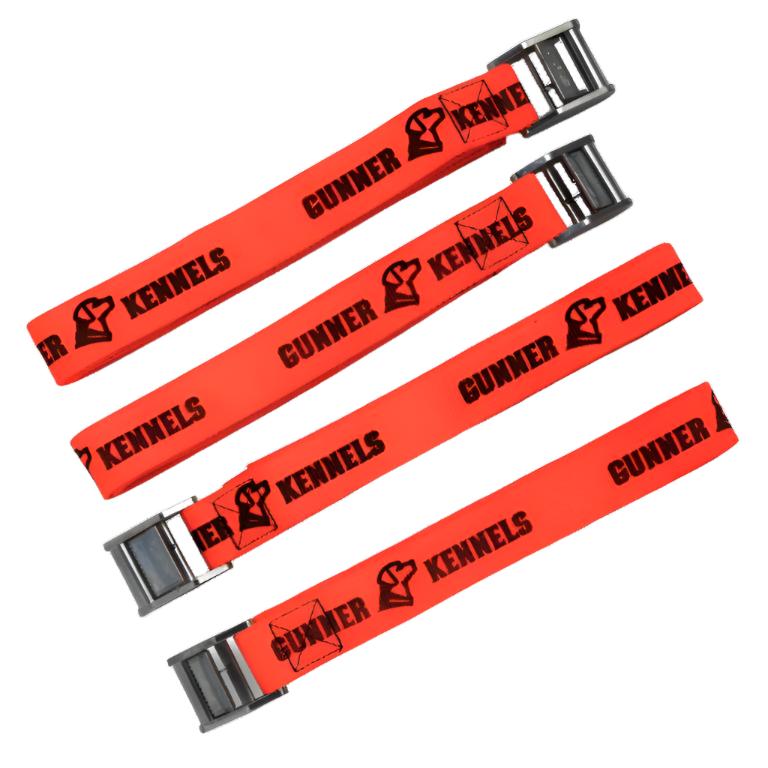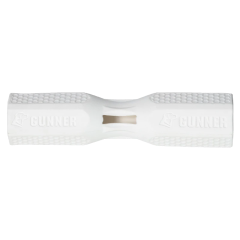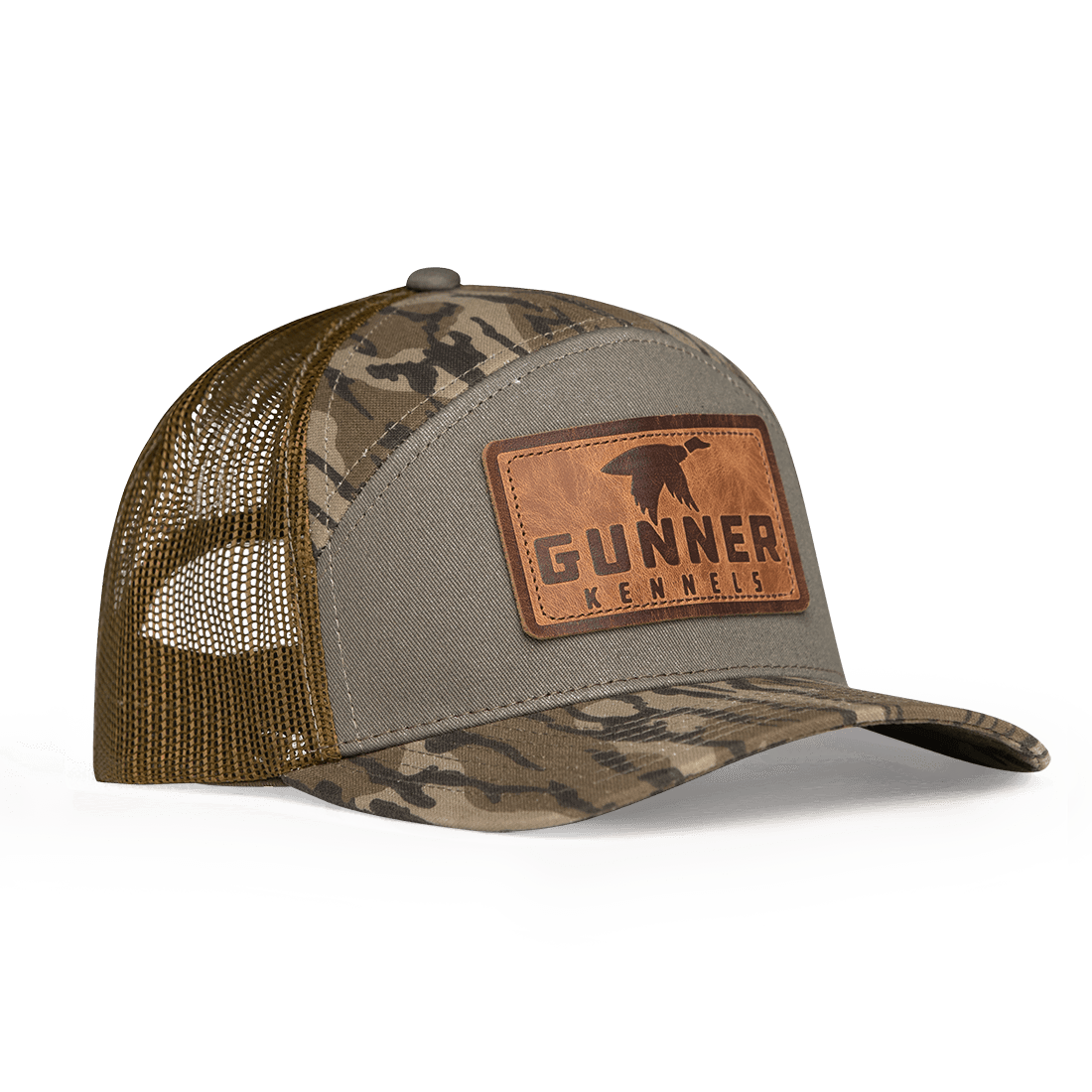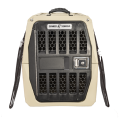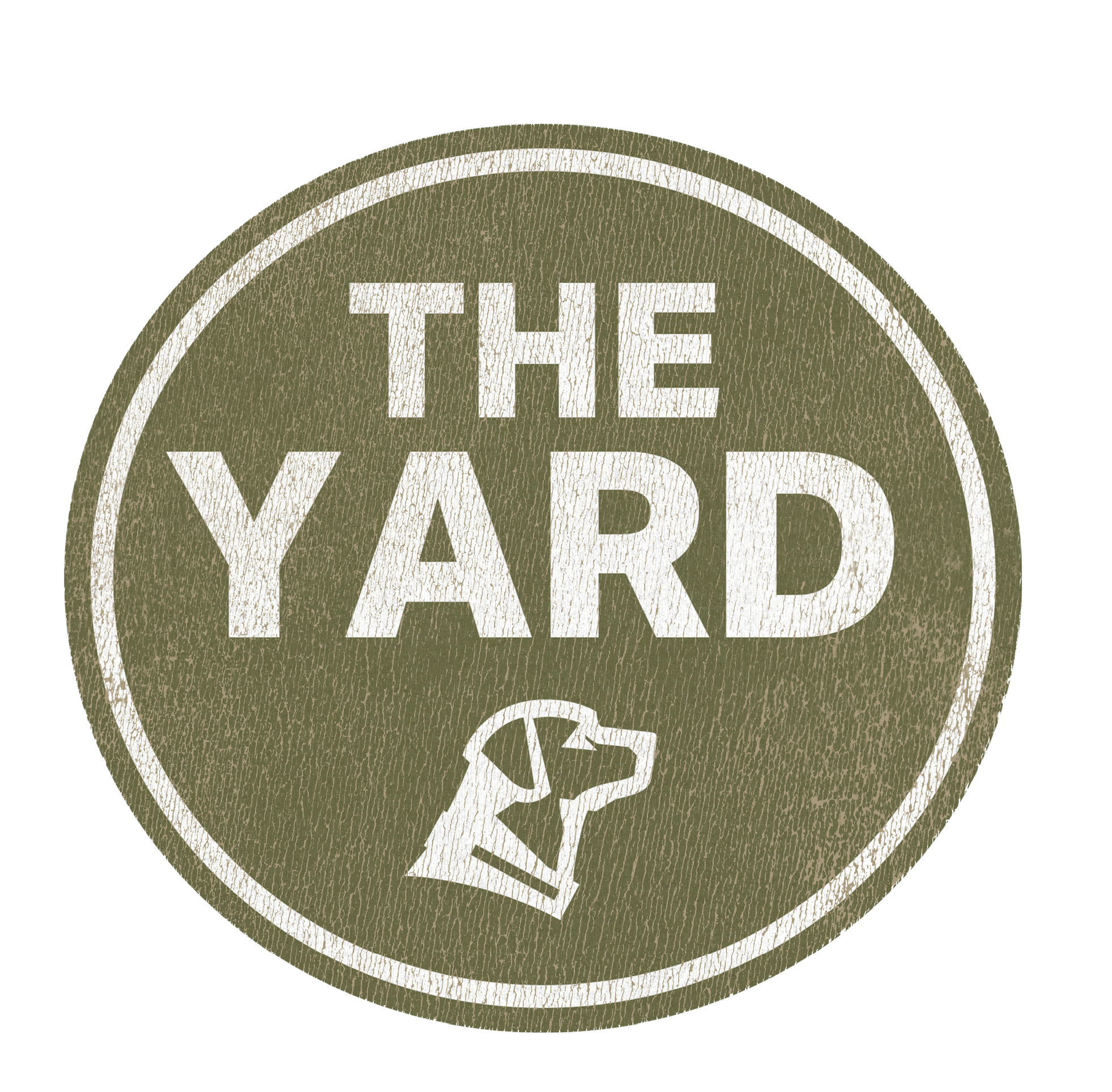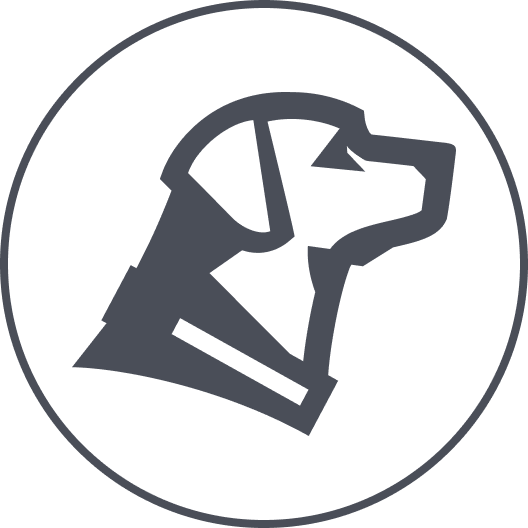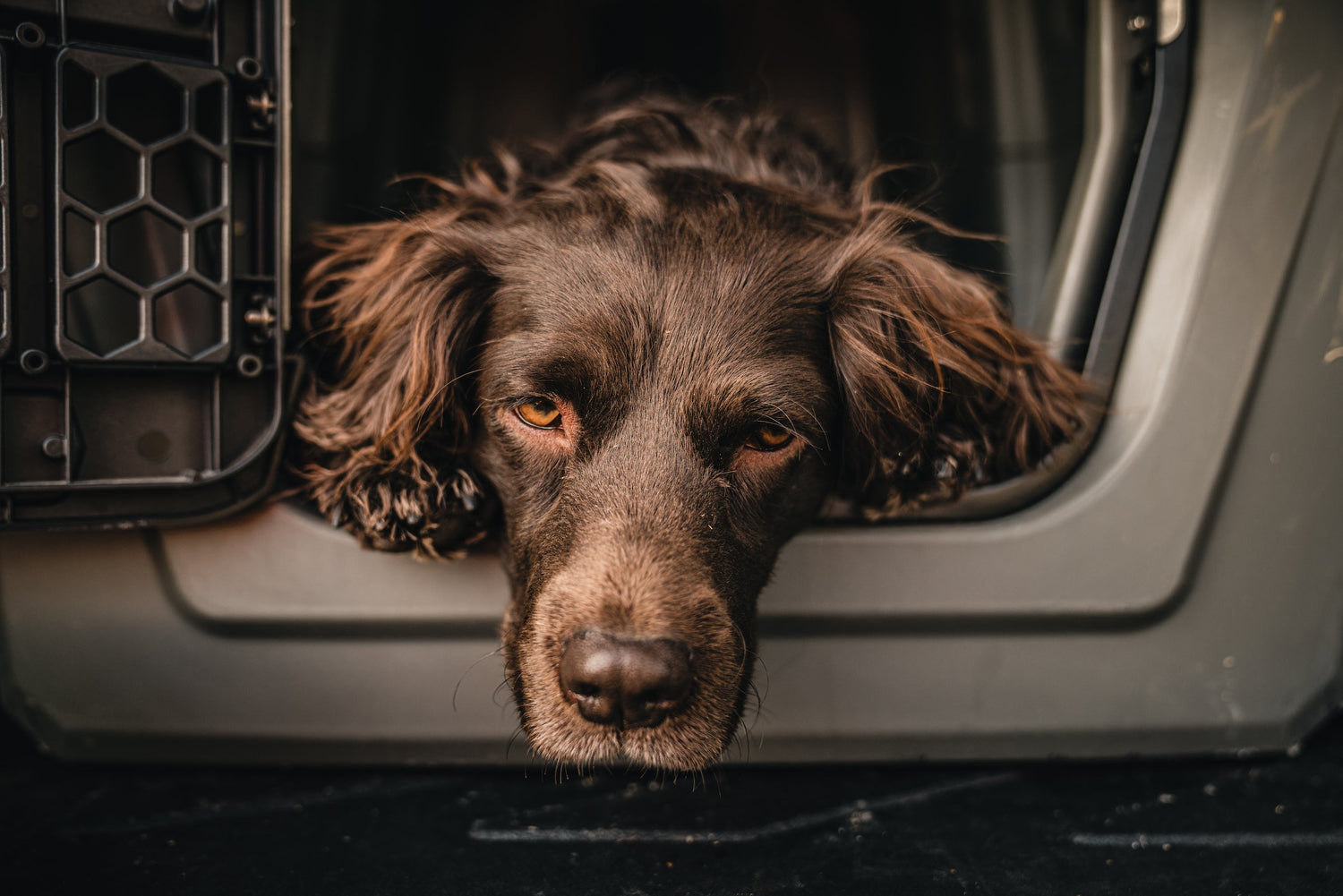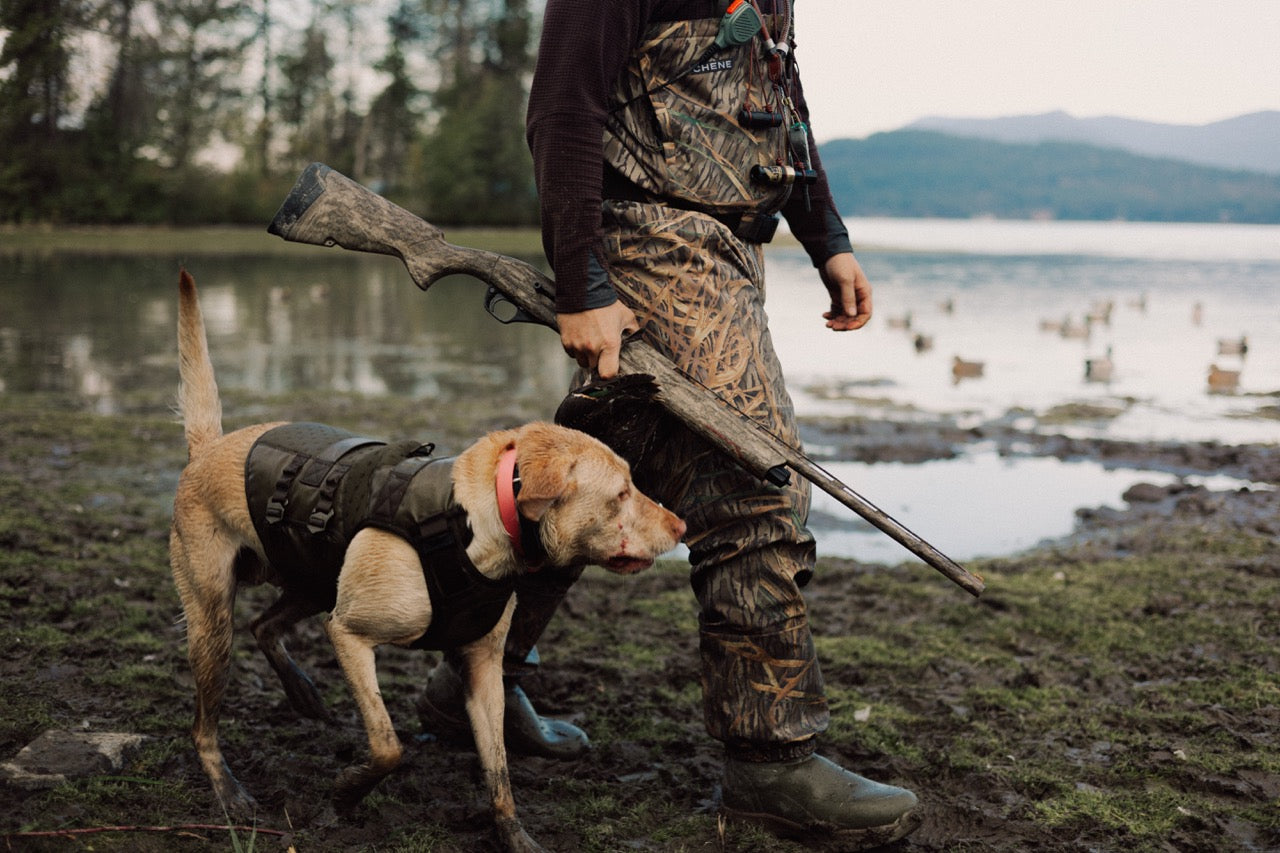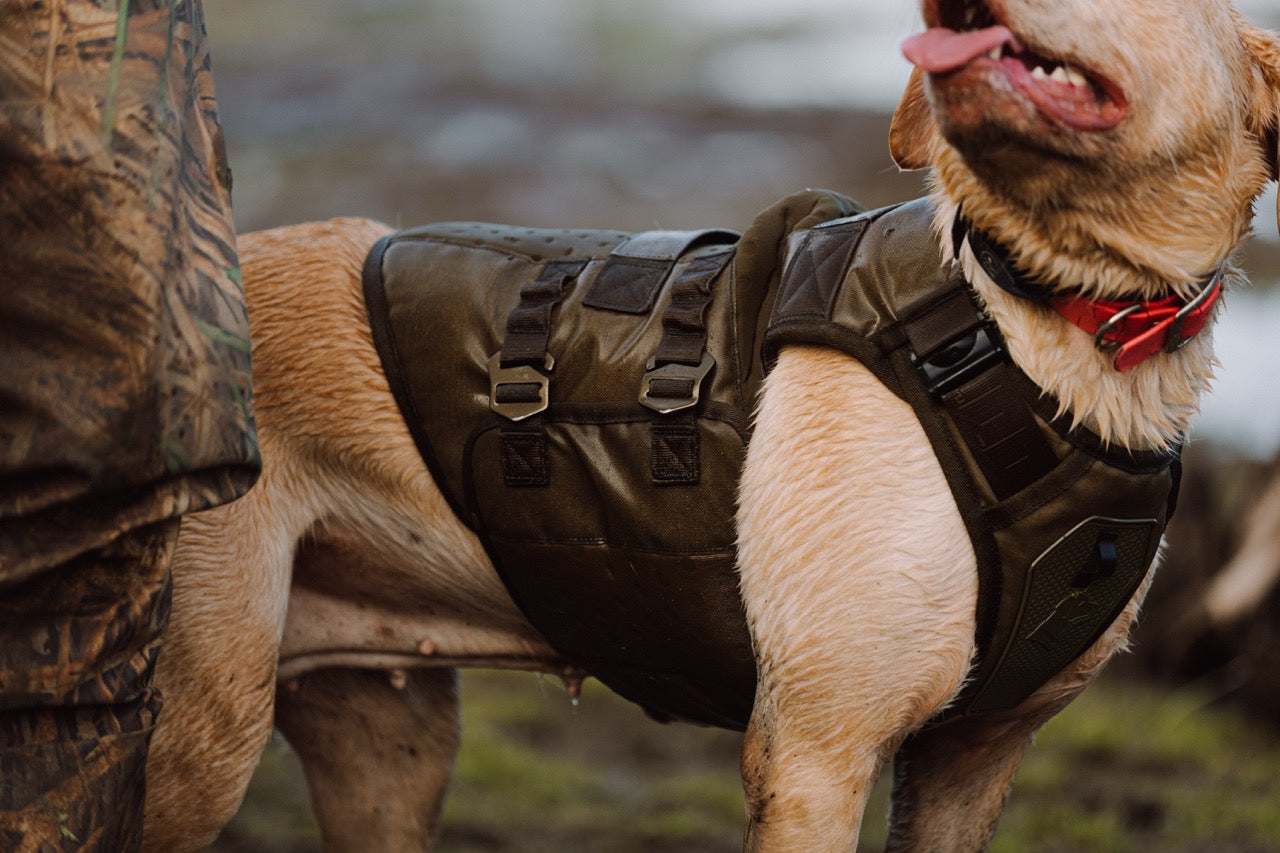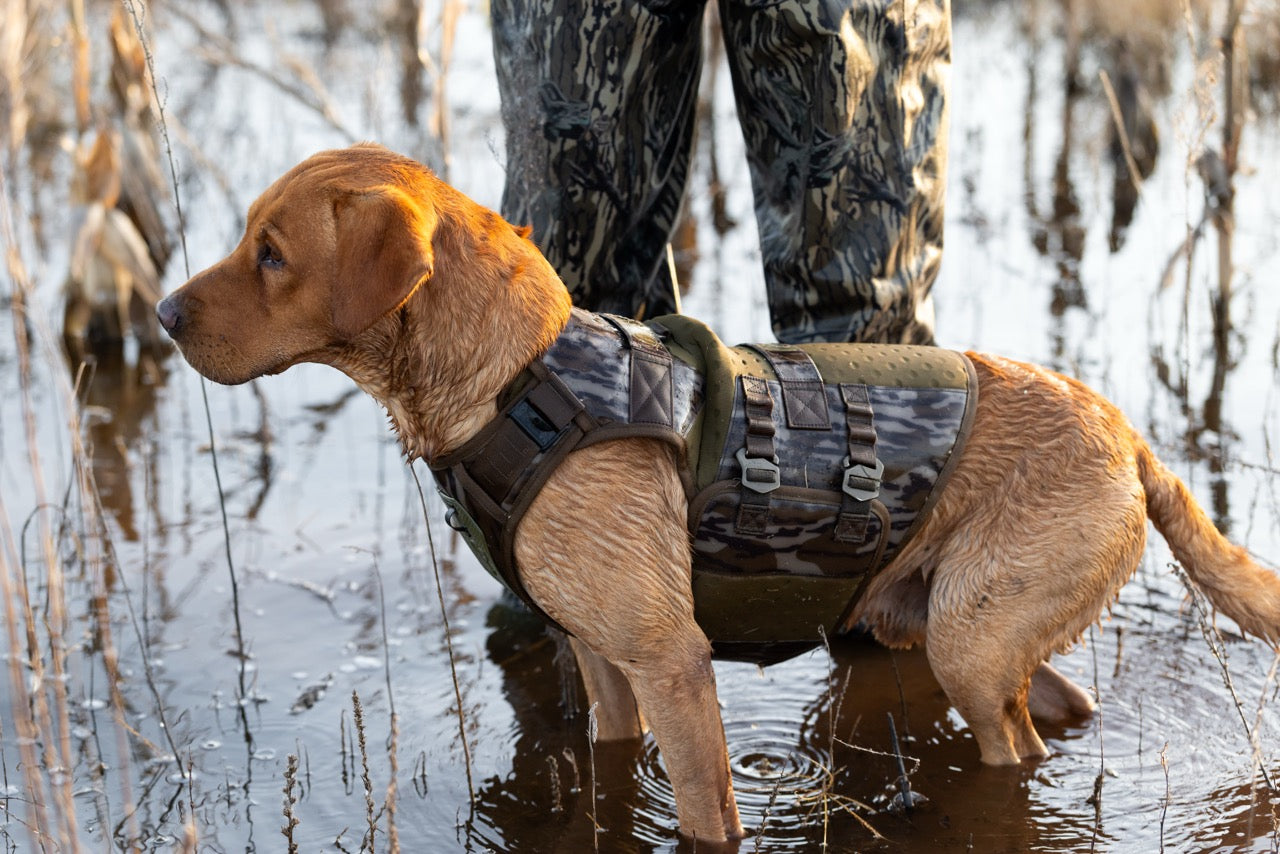While turkey hunting in the Fall differs greatly from Spring turkey hunting, it is a unique opportunity to spend more time in pursuit of game with your four-legged hunting companion.
Turkey Dogging 101
The nuts and bolts of the hunt are pretty straightforward. The dog relies on its nose and sight to locate birds, then when a flock is found, breaks up the group and barks during the dispersion. Fall turkeys, and family groups in particular, will want to regroup, which gives a hunter the opportunity to call some of the birds back in.
However, like most outdoor pursuits, it's rarely that simple as all the traditional factors that sportsmen are familiar with (wind, terrain, cover, group composition, etc.) come into play.
The Dog Work
A traditional fall turkey dog is expected to be able to range on its own up to 400-500 yds away to locate birds, checking in with the hunter(s) periodically. After they have located and dispersed a flock, they bark to signal the hunter of their find. Following that first scatter, a great dog can also return to the site to search for and further disperse the flock. This can take all the way up to 15 minutes and cover several hundred yards, dependent on terrain. Then, the dog is expected to calmly and quietly sit (traditionally in/under a bag) while the hunter attempts to call in some of now-scattered turkeys.
While most hunting breeds with an inherent prey drive can be trained to successfully bust flocks, some in particular has close ties with this tactic of turkey pursuit. The Boykin Spaniel traces its lineage back to South Carolina in the earlier 1900's for hunters seeking a dog for both wintering waterfowl and wild turkeys in the Wateree River Swamp.
There is also a unique line of Appalachian turkey turkey dogs, brought about by John and J.T. Byrne of Lowry, Virginia, that traces English Setter, Pointer, and Plott Hound blood in its history.

Turkeys On the Wing
Some adept Upland hunters out west have found their own technique for pursuing fall turkeys, where young birds in dense cover can often hold well for pointing dogs.
"Experienced dogs will work as a team much in the way successful pheasant hunting dogs do, cutting off escape routes and pinning the flocks so they have no option but to flush" says Dr. Seth Bynum, an occasional purveyor of this blended turkey/Upland hunting style.
Give It a Shot
While quite different from traditional Spring turkey hunting, veterans of this autumnal sport agree that turkey hunting with dogs is something every avid turkey hunter should experience at least once. While there's not a season in many states, those that do have a fall season are worth checking out with your canine companion.
